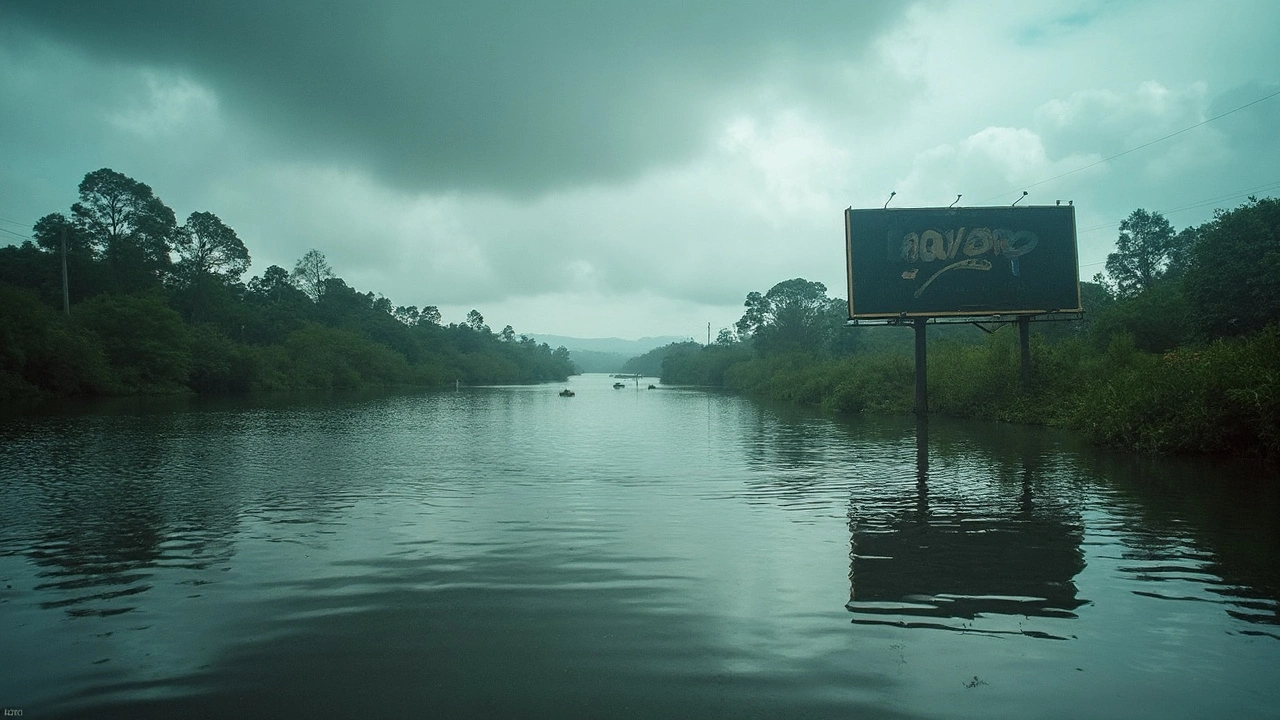Puerto Rico Faces Ernesto’s Wrath as Another Intense Hurricane Pounds the Atlantic
If you live anywhere in Puerto Rico, you probably won’t forget this summer’s hurricane for a long time. Hurricane Ernesto didn’t just stop by with a little rain—it unleashed serious trouble. Starting as the fifth named storm of the year, Ernesto formed on August 12, 2024, right in the typically busy part of the Atlantic hurricane season. Most eyes were on it early, but few expected how quickly it would ramp up.
Within two days, Ernesto was already classified as a Category 2 hurricane. Those 100 mph winds weren’t just numbers on a chart. They ripped through neighborhoods, tore up power lines, and brought a huge amount of rain—enough to turn streets into rivers and hillsides into danger zones. Floodwaters swallowed cars, and landslides cut off access in some mountain villages.
By August 14, Puerto Rico was at a standstill. The Emergency Management Bureau was activated across the island, setting up temporary shelters and organizing food distributions for families who suddenly found themselves without homes or electricity. In the thick of it, NASA’s Disasters Response Coordination System stepped in, sending over satellite images to help pinpoint the worst damage and guide rescue teams.
When storms of this power hit, the aftermath is about survival—finding dry ground, getting clean water, and hoping you can call or text loved ones. Teachers turned schools into make-shift shelters, and local restaurants cooked bulk meals for people left stranded. Some neighborhoods were without power for days after a major substation failed due to floodwater. The storm made a mess—plain and simple.

From Puerto Rico to Bermuda: Ernesto’s Path Brings Global Attention
After thrashing Puerto Rico, Ernesto swung north, setting its sights on Bermuda. The island is used to bad weather, but even here, a Category 1 hurricane gets taken very seriously. On August 17, Ernesto came ashore, ripping up old roofs, toppling palm trees, and churning up angry, dangerous surf. Residents had just enough warning to board up windows and stock up on supplies, but power outages hit the capital, Hamilton, before dawn.
Then came a bit of a cruel twist. Ernesto weakened, briefly downgraded to a tropical storm, and everyone let out a sigh of relief. But the relief didn’t last: the storm re-intensified to a hurricane as it moved up the Atlantic, brushing past Nova Scotia and Newfoundland. The wild winds knocked out ferry service and closed roads in some coastal Canadian towns.
The storm’s reach didn’t just stop there. Ernesto’s leftovers became what’s known as an extratropical cyclone—a kind of storm that’s more common late in the season. This battered parts of the British Isles with gusty rain and choppy seas before finally breaking up on August 22.
Tragically, even as the storm was pulling away from the coast, rip currents churned up by Ernesto killed three beachgoers along the U.S. East Coast. The total toll: three lives lost, and a damage bill topping $520 million. Communities from the Leeward Islands, through Puerto Rico and Bermuda, all the way to Atlantic Canada and the edges of Europe, felt this hurricane’s punch.
This year’s Hurricane Ernesto is a sharp reminder that when the Atlantic wakes up, even places that know storms well can get caught off guard. From flooded streets to battered coastlines, its effects will be felt long after the headlines fade.
